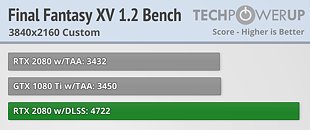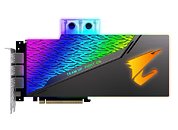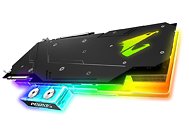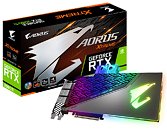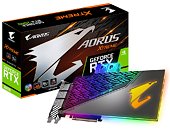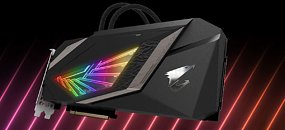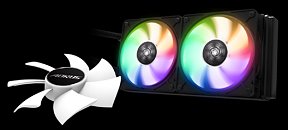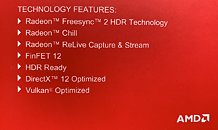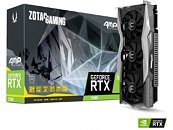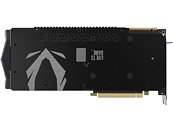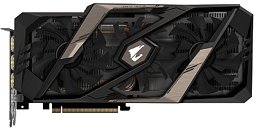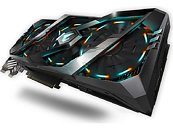
NVIDIA GeForce RTX 2070 and 2080 Mobile Could Make an Appearance at CES 2019
With NVIDIA's GeForce RTX 20-series having already released for desktops, it was only a matter of time until laptops got the RTX treatment as well. Current rumors are suggesting that Nvidia will officially launch their GeForce RTX 20-series mobility GPUs on January 6th at CES with the RTX 2070 and RTX 2070 Max-Q taking center stage. An embargo date of January 26th has also been set, with NVIDIA delaying their final release drivers until then. Meaning final performance results for the new mobile GPUs won't be available until after the embargo date, which should coincide with the general availability of RTX 20-series equipped laptops.
Along with the RTX 2070 and 2070 Max-Q mobility parts, the flagship RTX 2080 Max-Q which isn't expected at the show, is still in the works, with its TU104M 1eab device ID having been leaked earlier. The rest of the GeForce 20-series mobility GPUs are likely to use the GTX moniker if NVIDIA's desktop lineup is anything to go by; however, that is merely speculation at this point.
Along with the RTX 2070 and 2070 Max-Q mobility parts, the flagship RTX 2080 Max-Q which isn't expected at the show, is still in the works, with its TU104M 1eab device ID having been leaked earlier. The rest of the GeForce 20-series mobility GPUs are likely to use the GTX moniker if NVIDIA's desktop lineup is anything to go by; however, that is merely speculation at this point.




















